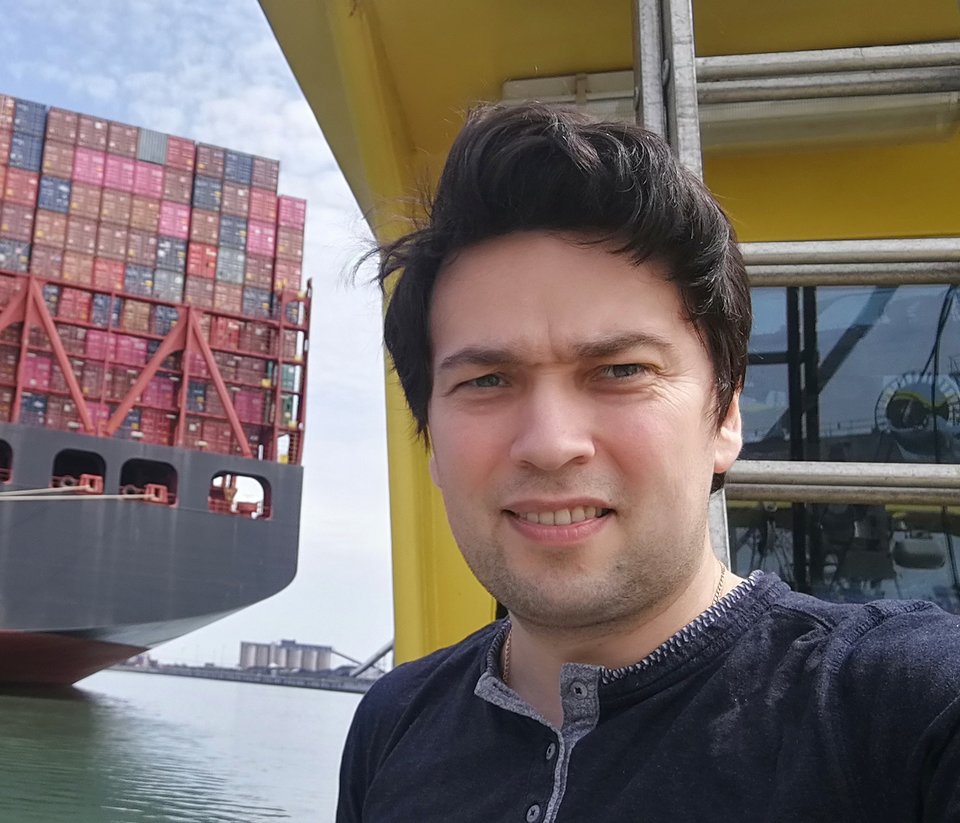Understanding Sediment Dynamics for Equilibrium-Based Dredging Strategies in Ports
Maintenance dredging of sediment deposits can be expensive and inefficient. Port operators seek tailor-made solutions to reduce the costs and at the same time guarantee safe navigation. Over the last decades, a number of strategies for port maintenance have been tested by port and governmental authorities. Conditioning the sediment is a possible solution for port maintenance. The goal of conditioning the sediment is to reduce its strength in order to create navigable conditions (fluid mud layers) while keeping the sediment in place, for example by re-circulation of the sediment. If the transport of fluid mud (out of a port towards the river or the sea) equals the import of suspended mud by exchange flows, a dynamic equilibrium is achieved without residual import, making conventional dredging and relocation unnecessary. This research will develop knowledge for designing circular strategies in ports that minimize the environmental impact of dredging. Furthermore it will collect evidence to what extent current strategies comply with circularity principles. The developed framework will be serving as a decision making tool facilitating the analysis of the sediment maintenance strategy and required maintenance depth.

